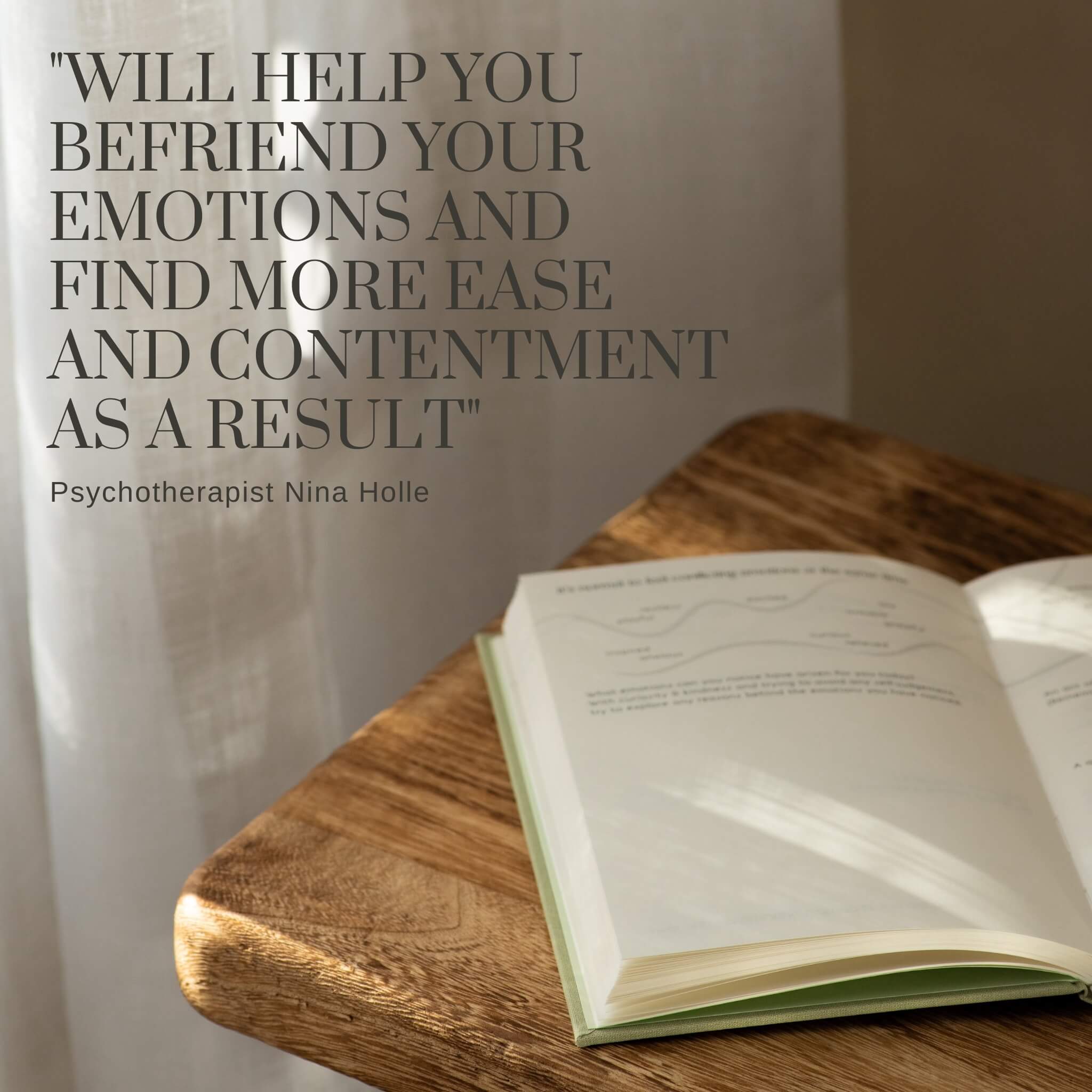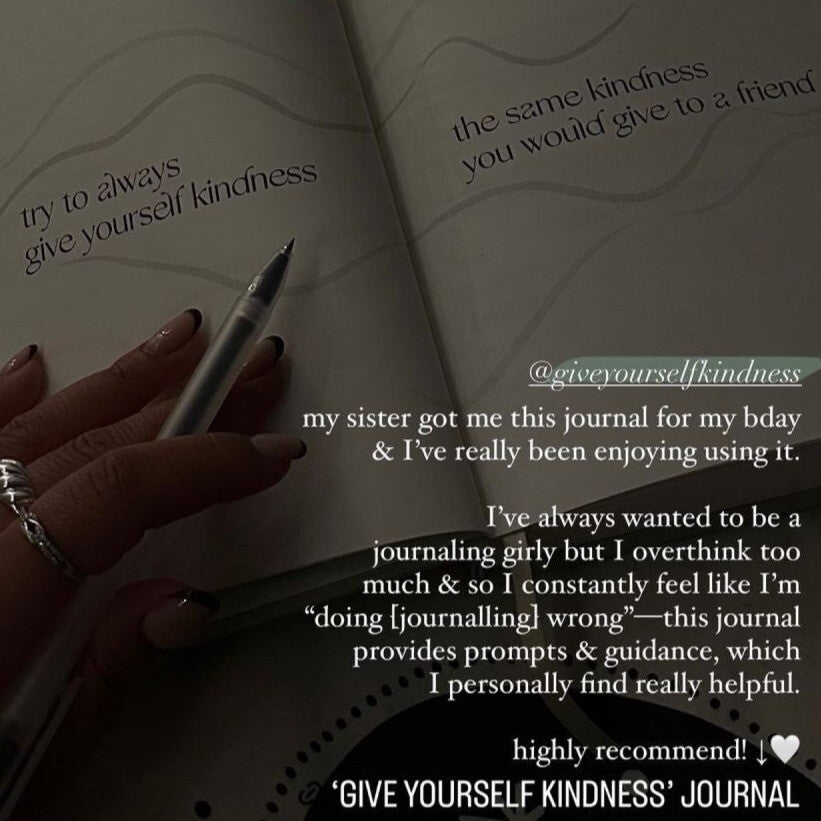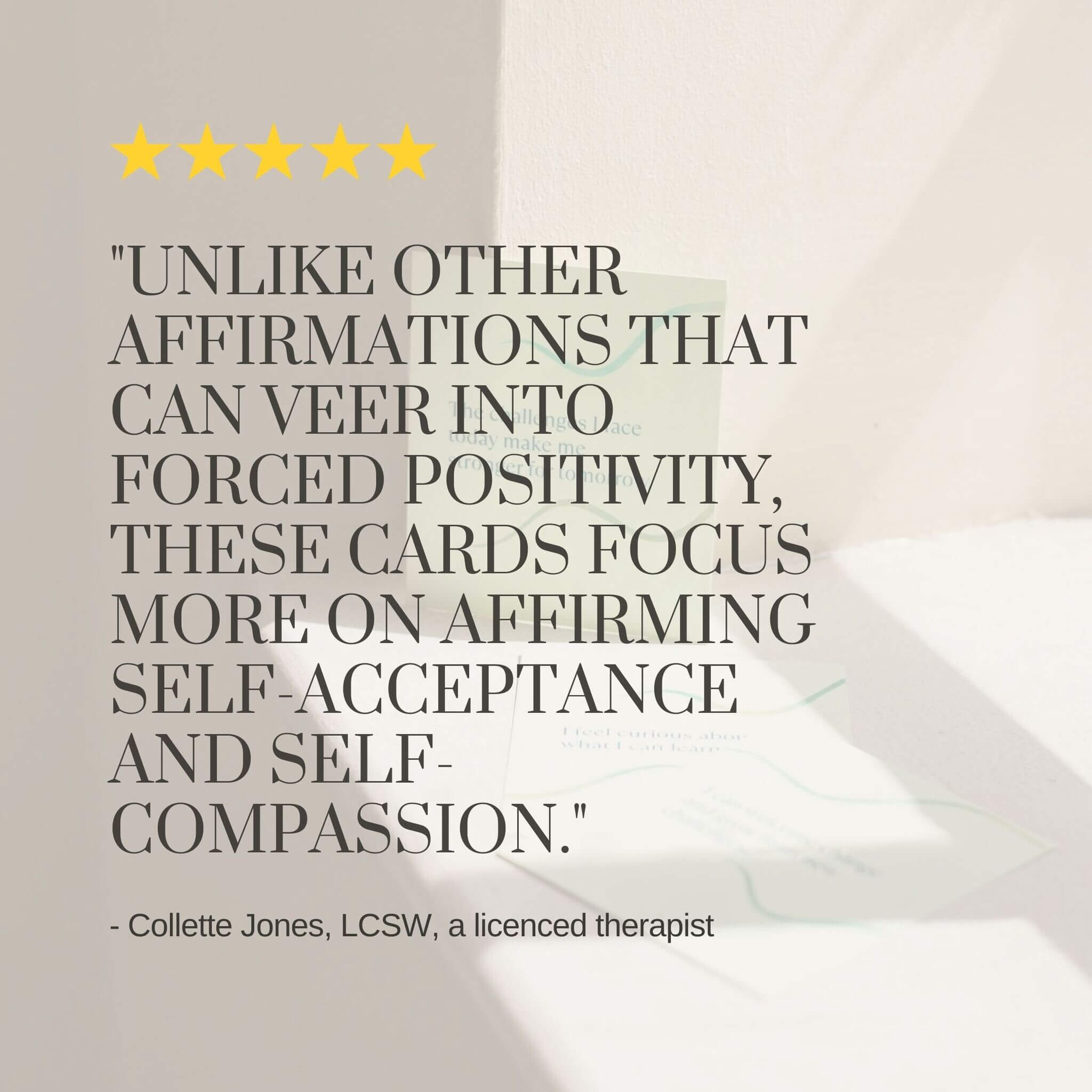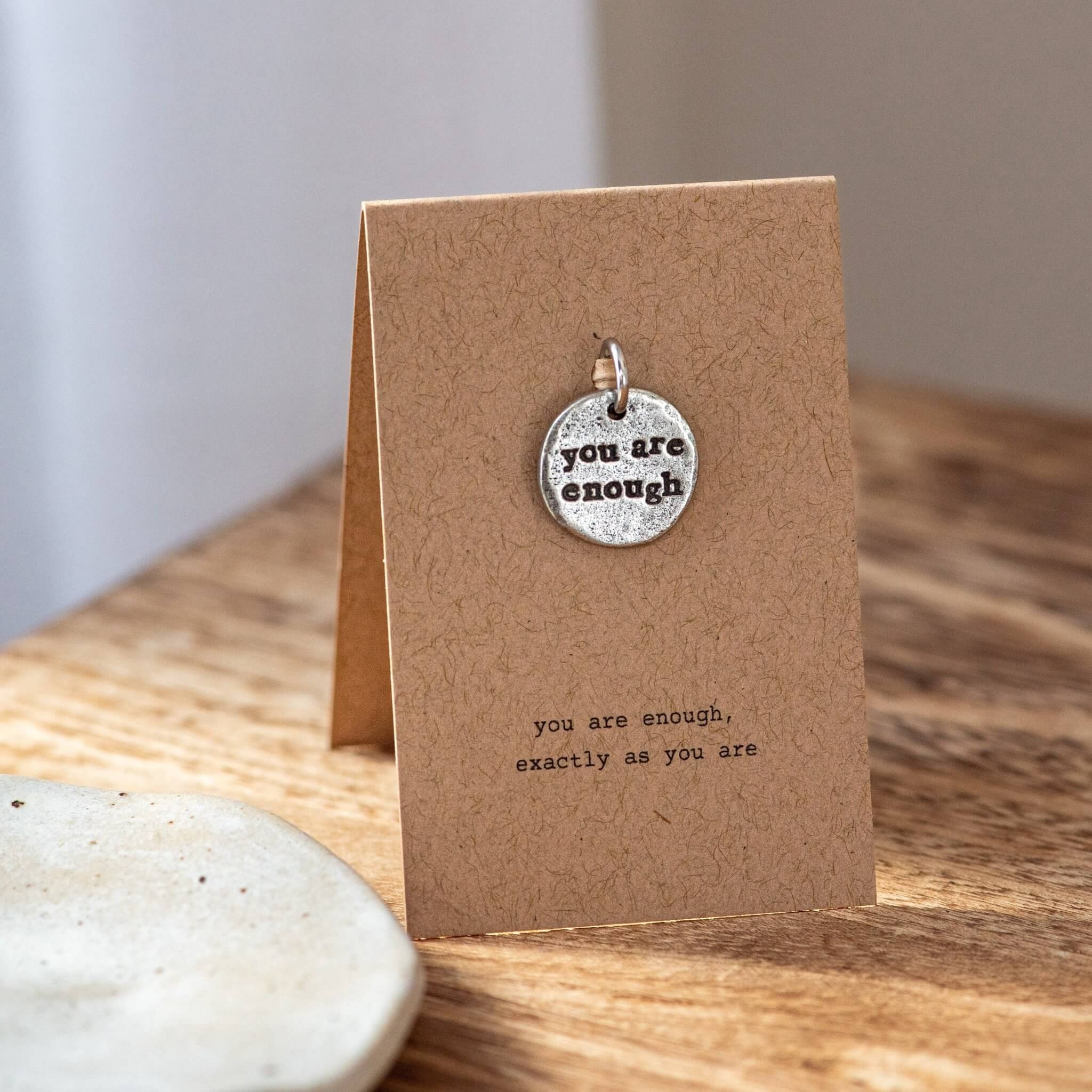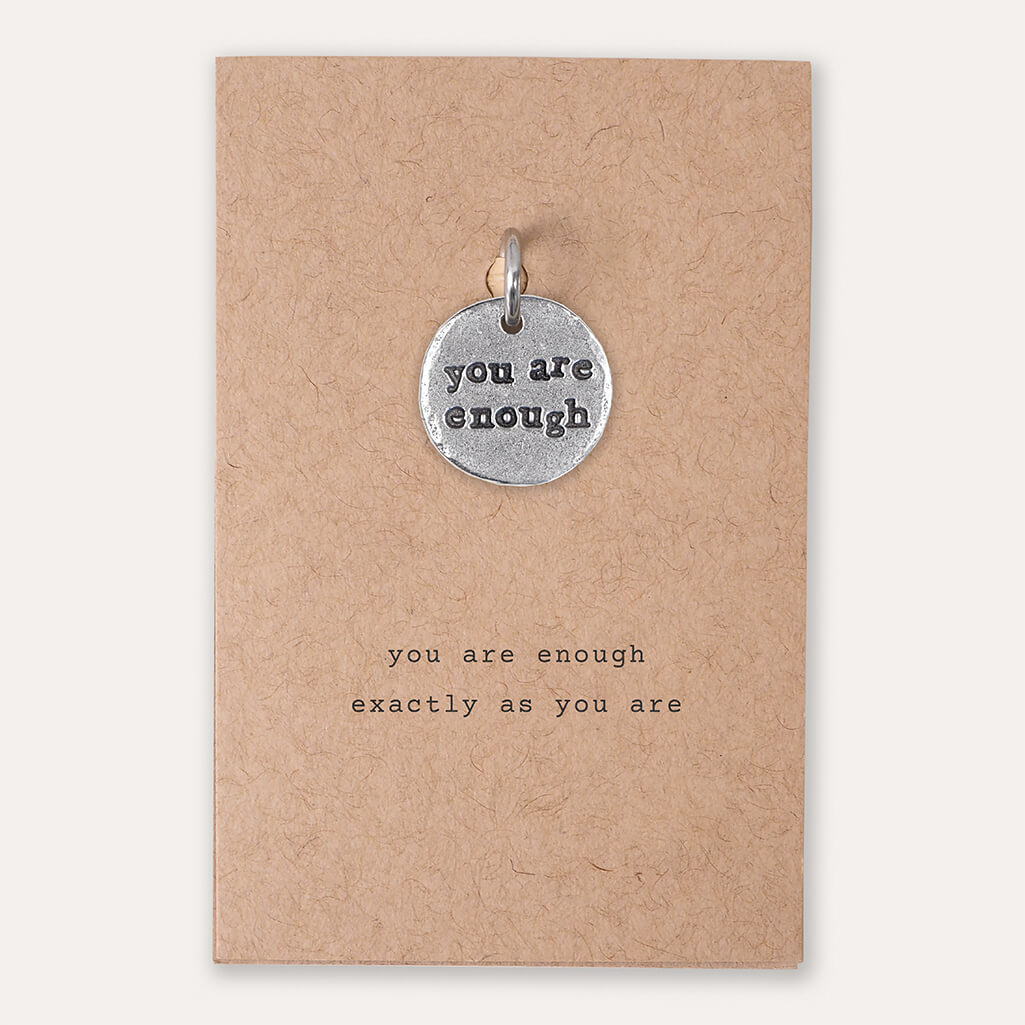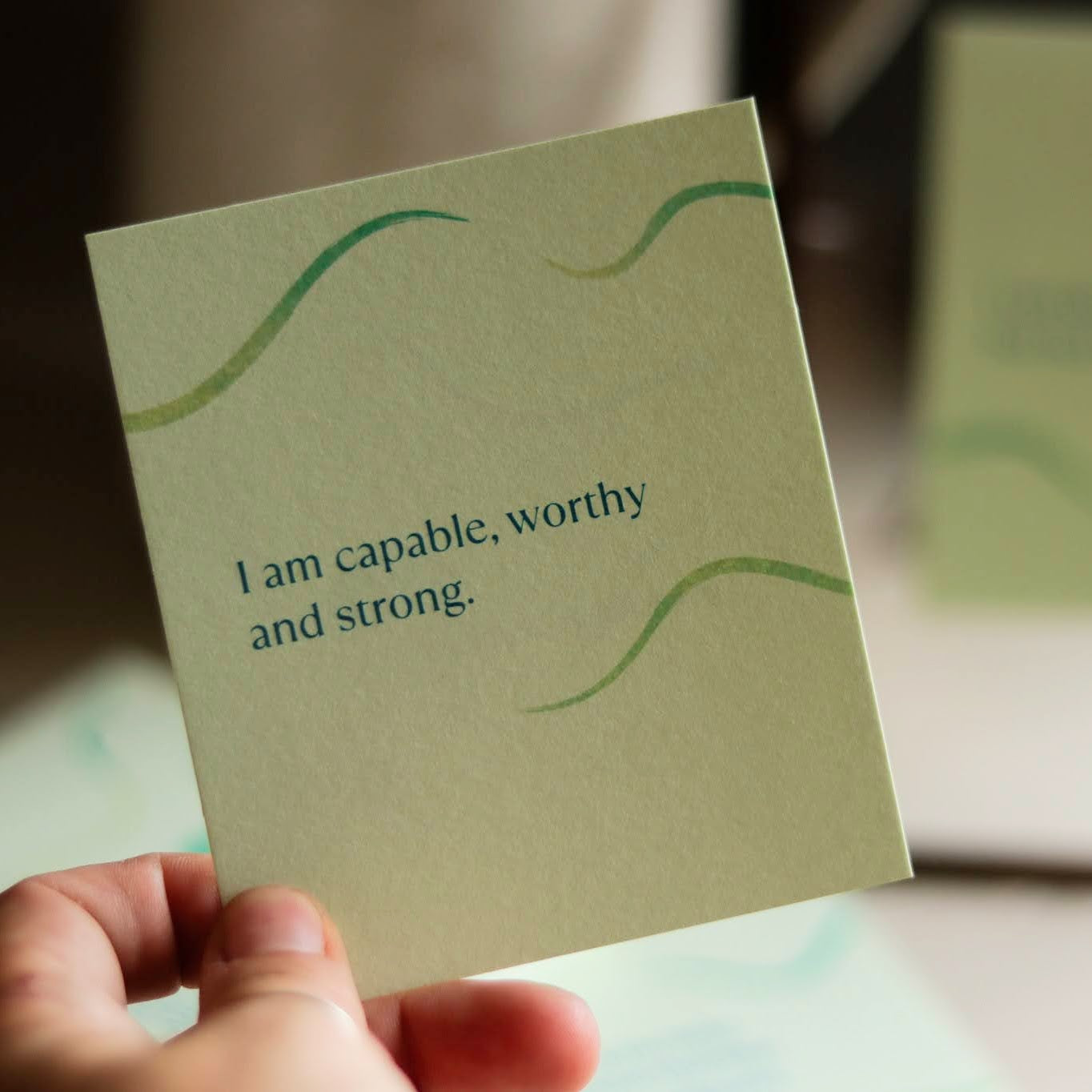written exclusively for Give Yourself Kindness by Julie Dwyer, MSc, PhD (c) a scientist who is passionate about providing evidence-based education in an accessible and exciting way.
Navigating the waves of emotions: the art of emotional agility in stress management
In the fast-paced and demanding world we live in, stress has become an inevitable part of our daily lives. While it's impossible to eliminate stress entirely, there are effective ways to manage and navigate its impact on our emotional well-being. One such approach is the concept of emotional agility, a term coined and extensively researched by Dr. Susan David, a renowned Harvard Psychologist, Researcher and Writer.
Understanding emotional agility
Emotional agility is the ability to be flexible and adaptive with our emotions. Dr. Susan David emphasizes the importance of acknowledging and accepting our emotions rather than suppressing or ignoring them. It's about being open to the full spectrum of human emotions, both comfortable and uncomfortable, and responding to them in a way that aligns with our values.
Recognizing emotions
The first step towards emotional agility is developing emotional awareness. Identifying and labeling our emotions allows us to understand the root causes of our feelings, paving the way for effective stress management. Developing emotional awareness involves tuning into the subtle signals our body and mind provide. It's about being attuned to the nuances of our feelings, whether it be the fluttering sensation in our stomach when anxious or the warmth that spreads when we're content. Learning to pinpoint and label our emotions accurately is a skill.
Mindfulness practices
Incorporating mindfulness techniques, such as meditation or deep-breathing exercises, can enhance our ability to observe and identify our emotions. Mindfulness encourages us to be present in the moment, allowing us to recognize emotions as they arise.
Journaling
Keeping a journal can be a powerful tool for tracking and understanding emotions over time. By regularly documenting our experiences and feelings, we gain insights into patterns, triggers, and recurring emotional responses.
Emotional intelligence
Developing emotional intelligence involves not only recognizing our own emotions but also understanding the emotions of others. This empathetic awareness fosters more meaningful connections and facilitates effective communication in both personal and professional relationships.
Acceptance
Once we've identified our emotions, the next crucial step is accepting them without judgment or criticism. Dr. Susan David emphasizes that every emotion has a purpose and can provide valuable insights into our needs, desires, and challenges. Instead of viewing certain emotions as good or bad, she encourages us to see them as valuable sources of information about our inner selves. Acceptance enables us to process emotions constructively and move forward. Here are some tips:
Normalizing emotions
It's essential to recognize that experiencing a range of emotions is entirely normal. From joy and excitement to frustration and sadness, each emotion contributes to the rich tapestry of our human experience. Rather than labeling emotions as positive or negative, acknowledging them as natural responses helps reduce self-criticism.
Avoiding emotional suppression
Attempting to suppress or ignore emotions can lead to heightened stress and inner turmoil. Acceptance involves acknowledging that emotions, even the uncomfortable ones, are valid and deserving of our attention. Suppressing emotions only postpones the inevitable, potentially exacerbating stress in the long run.
Self-compassion
Self-compassion is a powerful tool in the face of difficult emotions. Treating ourselves with the same kindness and understanding we would offer a friend allows for a gentler, more constructive approach to managing stress. Self-compassion involves recognizing that imperfection is part of being human, and our emotional responses are a natural part of this imperfection.
The four steps of emotional agility
Susan David, PhD, outlines a four-step process for cultivating emotional agility:
-
Showing Up: This step involves acknowledging and facing our emotions, even when they are uncomfortable or challenging. By "showing up," we become aware of our emotional state and can better understand its impact on our well-being.
-
Stepping Out: "Stepping out" is about gaining perspective on our emotions. It involves distancing ourselves from our feelings and observing them objectively. This step allows us to avoid being overwhelmed by our emotions and fosters a more balanced response.
-
Walking Your Why: Understanding our core values is crucial for emotional agility. "Walking your why" means aligning our actions with our values, even when faced with difficult emotions. By staying true to our values, we can navigate stressors in a way that is authentic and meaningful.
-
Moving On: The final step of emotional agility is "moving on," which involves taking purposeful actions based on our values. This step empowers us to move forward, learn from our experiences, and build resilience in the face of stress.
Applying emotional agility to stress management
Workplace stress
In a professional setting, emotional agility can be a game-changer. By acknowledging and managing stressors, individuals can maintain a healthier work-life balance, improve productivity, and foster a positive work environment.
Relationship dynamics
Emotional agility is also beneficial in interpersonal relationships. Understanding and expressing emotions effectively can lead to better communication, conflict resolution, and overall relationship satisfaction.
In conclusion, the emotional agility framework offers a powerful tool for stress management in our daily lives. By embracing the full range of our emotions, recognizing their impact, and responding in a way that aligns with our values, we can navigate the complexities of life with greater resilience and authenticity. In a world where stress is inevitable, cultivating emotional agility can be the key to not just surviving but thriving in the face of challenges.
Julie Dwyer is a 3rd year health psychology PhD candidate, chronic pain scientist, entrepreneur, ultramarathoner, certified meditation and fitness instructor, undergraduate health psychology instructor, and speaker. She has trained over 18,000 individuals since 2020.
She holds graduate degrees in Clinical Psychology and Clinical Epidemiology, and is currently pursuing a PhD in Experimental Psychology (Behavioural Medicine) at Memorial University with a focus on chronic pain. Prior to this, she attended University of Edinburgh, where she was formally trained in mindfulness-based interventions. Julie has pursued advanced international training in mindfulness, somatic skills, mental performance and trauma.
She is a life-long learner that is passionate about providing evidence-based education in an accessible and exciting way.


















